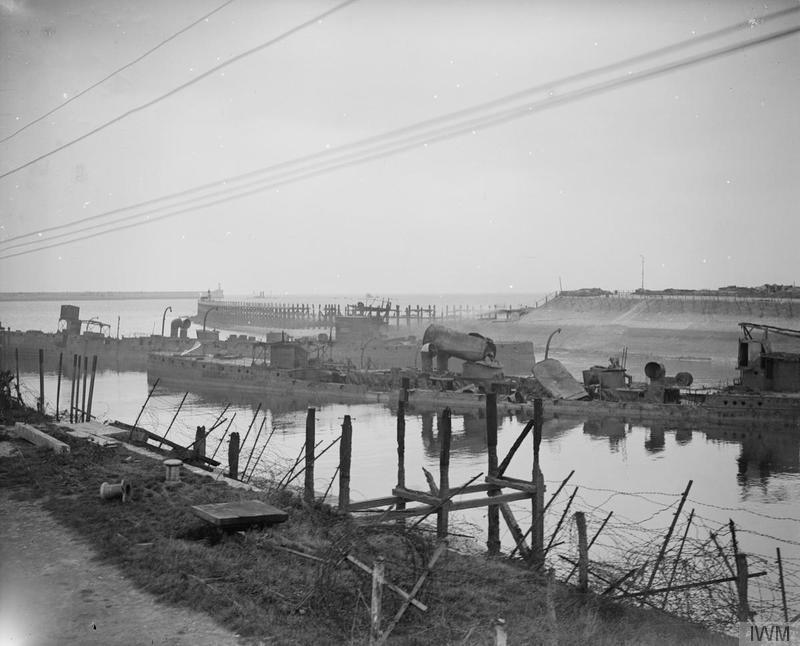HMS Iphigenia (1891) on:
[Wikipedia]
[Google]
[Amazon]
HMS ''Iphigenia'' was an
 Along with and she was selected to be used as a
Along with and she was selected to be used as a 
HMS ''Iphigenia''
Index of 19th Century Naval Vessels
at Naval-History.net Apollo-class cruisers Ships built on the River Clyde 1891 ships World War I cruisers of the United Kingdom {{UK-mil-ship-stub
protected cruiser
Protected cruisers, a type of naval cruiser of the late-19th century, gained their description because an armoured deck offered protection for vital machine-spaces from fragments caused by shells exploding above them. Protected cruisers re ...
of the Royal Navy
The Royal Navy (RN) is the United Kingdom's naval warfare force. Although warships were used by English and Scottish kings from the early medieval period, the first major maritime engagements were fought in the Hundred Years' War against F ...
built on the River Clyde
The River Clyde ( gd, Abhainn Chluaidh, , sco, Clyde Watter, or ) is a river that flows into the Firth of Clyde in Scotland. It is the ninth-longest river in the United Kingdom, and the third-longest in Scotland. It runs through the major cit ...
and launched in 1891. She was subsequently converted as a minelayer
A minelayer is any warship, submarine or military aircraft deploying explosive mines. Since World War I the term "minelayer" refers specifically to a naval ship used for deploying naval mines. "Mine planting" was the term for installing controll ...
in the latter half of her career and ultimately sunk as a blockship
A blockship is a ship deliberately sunk to prevent a river, channel, or canal from being used. It may either be sunk by a navy defending the waterway to prevent the ingress of attacking enemy forces, as in the case of at Portland Harbour in 1914; ...
during the Zeebrugge Raid
The Zeebrugge Raid ( nl, Aanval op de haven van Zeebrugge;
) on 23 April 1918, was an attempt by the Royal Navy to block the Belgian port of Bruges-Zeebrugge. The British intended to sink obsolete ships in the canal entrance, to prevent German ...
on 23 April 1918.
History
Ordered under theNaval Defence Act 1889
The Naval Defence Act 1889 was an Act of the Parliament of the United Kingdom. It received the Royal Assent on 31 May 1889 and formally adopted the "two-power standard" and increased the United Kingdom's naval strength. The standard called for ...
, ''Iphigenia'' was laid down in 1891 at the yard of the London and Glasgow Shipbuilding Company
London and Glasgow Shipbuilding Company, also known as the London and Glasgow Engineering and Iron Shipbuilding Company, was a shipbuilding firm established in 1864 by a consortium of London bankers, including the Glasgow engineer James Rodger. Th ...
. She returned from duty on the China Station in 1906.
Along with a number of other ships of her class, as she became obsolete as a cruiser she was converted at Chatham Dockyard
Chatham Dockyard was a Royal Navy Dockyard located on the River Medway in Kent. Established in Chatham in the mid-16th century, the dockyard subsequently expanded into neighbouring Gillingham (at its most extensive, in the early 20th century, ...
into a minelayer. This work was completed by August 1907. She was then based at Dover and Sheerness. In 1917 she was in use as a depot ship in the White Sea as part of the British North Russia Squadron
The British North Russia Squadron was a squadron of the Royal Navy based at Murmansk from 1917 to 1919.
History
The squadron was formed as part of an initiative by the Entente Powers to keep the Russian Empire in the First World War. One goal ...
.
 Along with and she was selected to be used as a
Along with and she was selected to be used as a blockship
A blockship is a ship deliberately sunk to prevent a river, channel, or canal from being used. It may either be sunk by a navy defending the waterway to prevent the ingress of attacking enemy forces, as in the case of at Portland Harbour in 1914; ...
during the Zeebrugge Raid
The Zeebrugge Raid ( nl, Aanval op de haven van Zeebrugge;
) on 23 April 1918, was an attempt by the Royal Navy to block the Belgian port of Bruges-Zeebrugge. The British intended to sink obsolete ships in the canal entrance, to prevent German ...
. She was sunk at the entrance to the Bruges Canal to try and prevent it being used by German U-Boats. She was subsequently broken up when the canal was cleared.

References
Publications
* *External links
*HMS ''Iphigenia''
Index of 19th Century Naval Vessels
at Naval-History.net Apollo-class cruisers Ships built on the River Clyde 1891 ships World War I cruisers of the United Kingdom {{UK-mil-ship-stub